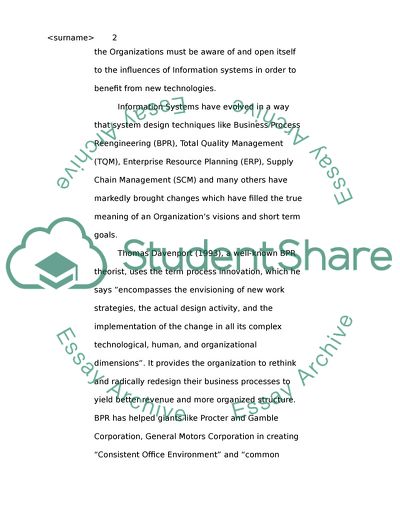Cite this document
(The Application of Information Systems in Modern Organisations Literature review, n.d.)
The Application of Information Systems in Modern Organisations Literature review. https://studentshare.org/information-technology/1710549-information-systems-in-organisations
The Application of Information Systems in Modern Organisations Literature review. https://studentshare.org/information-technology/1710549-information-systems-in-organisations
(The Application of Information Systems in Modern Organisations Literature Review)
The Application of Information Systems in Modern Organisations Literature Review. https://studentshare.org/information-technology/1710549-information-systems-in-organisations.
The Application of Information Systems in Modern Organisations Literature Review. https://studentshare.org/information-technology/1710549-information-systems-in-organisations.
“The Application of Information Systems in Modern Organisations Literature Review”. https://studentshare.org/information-technology/1710549-information-systems-in-organisations.


